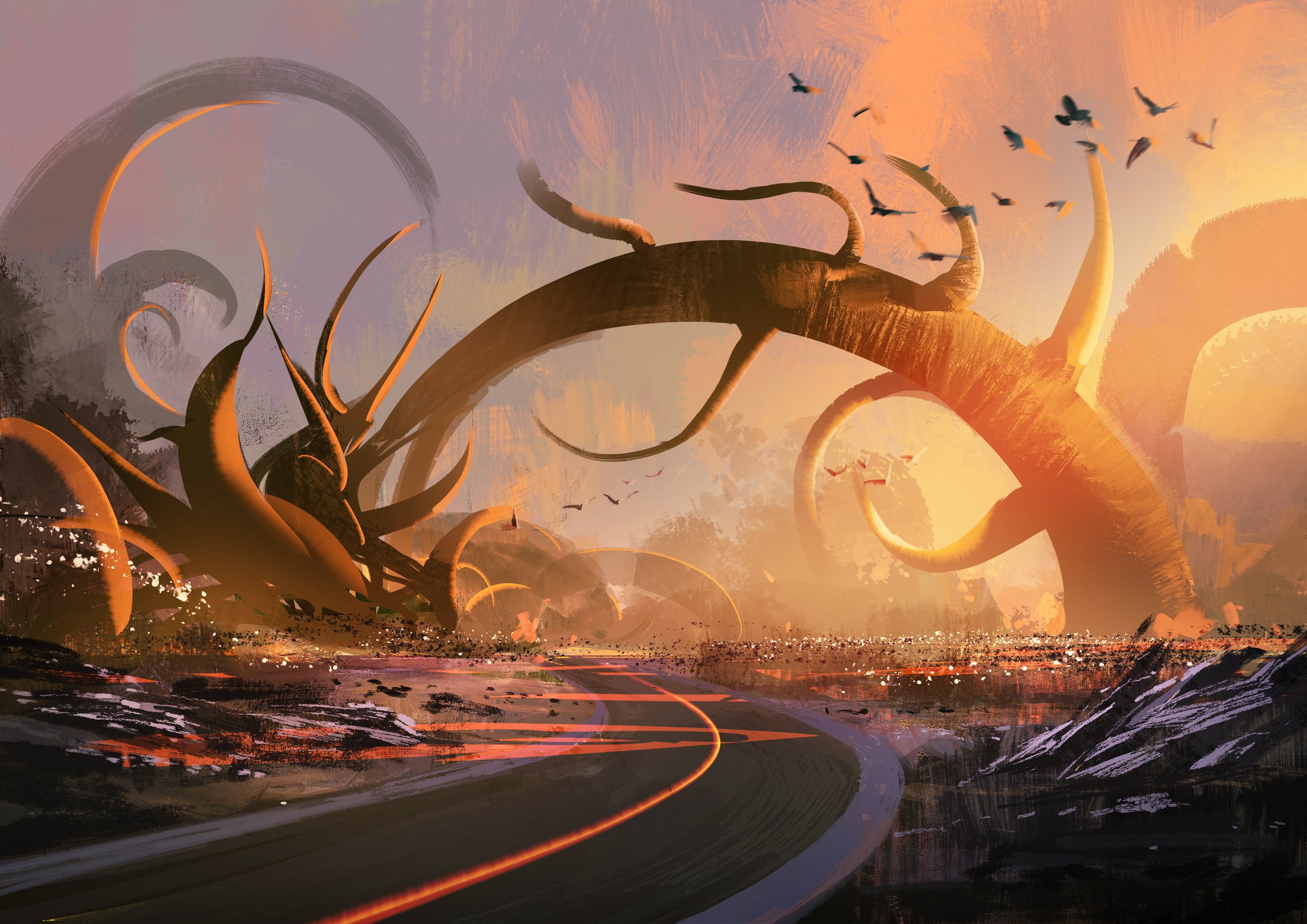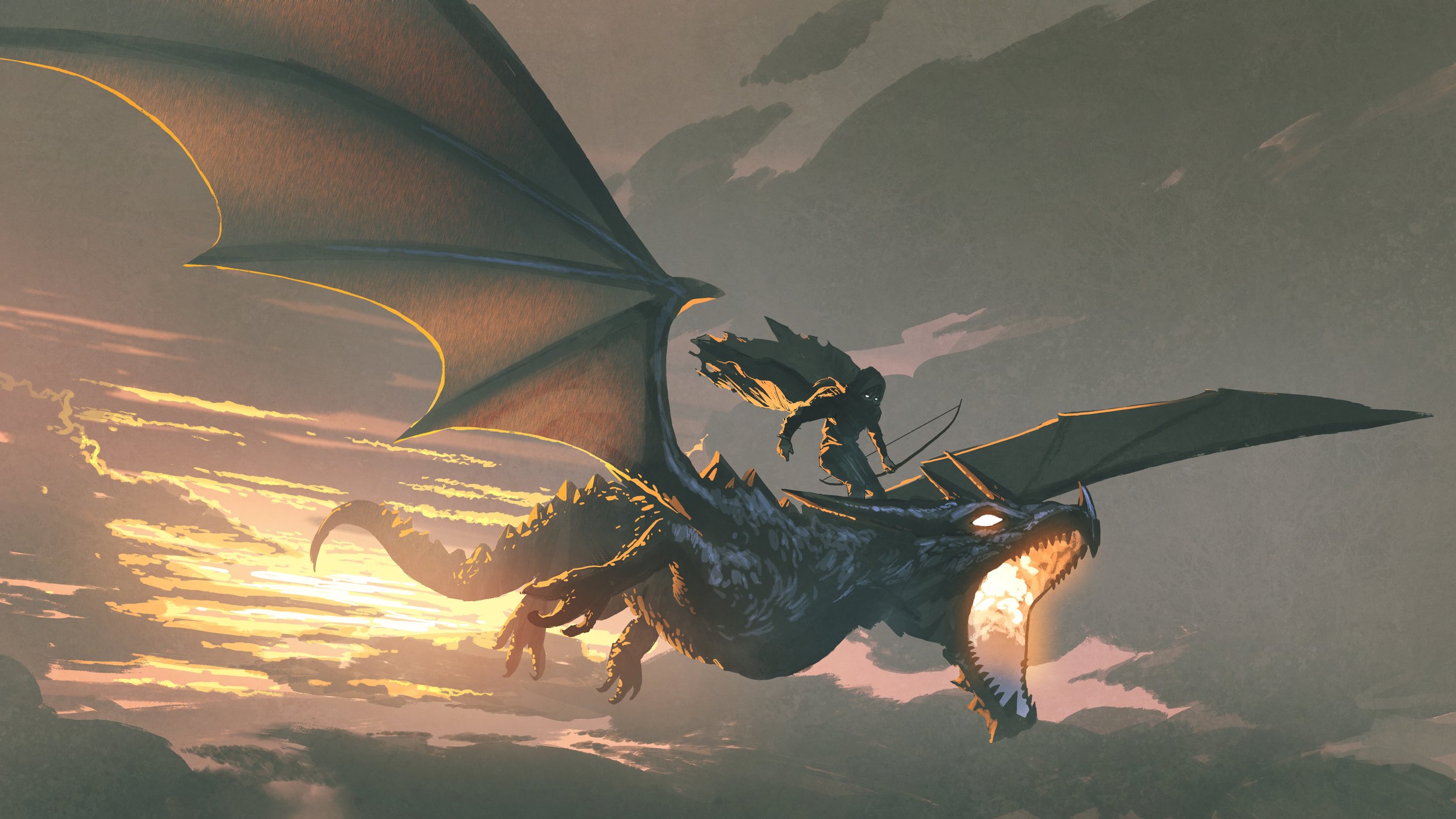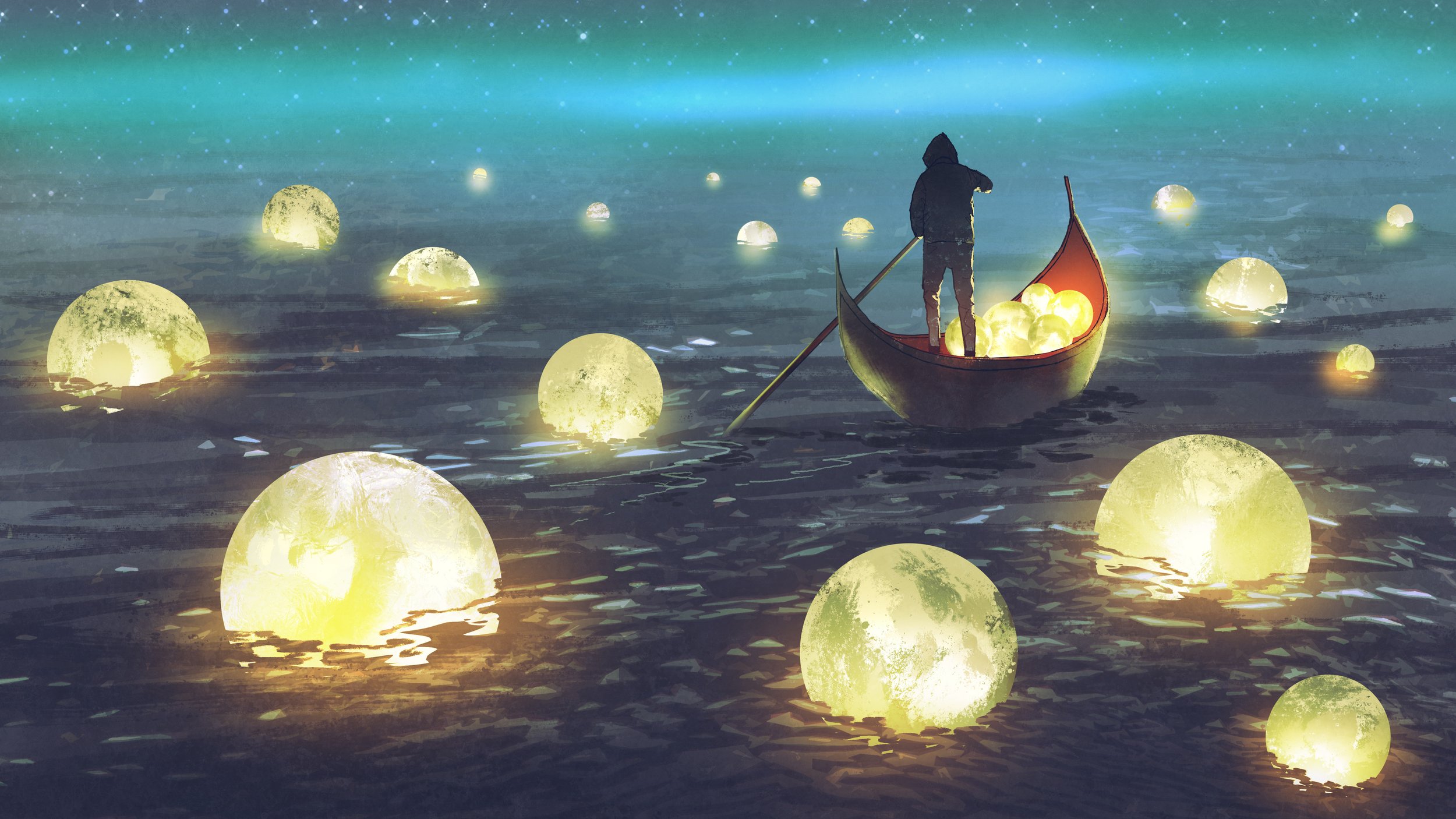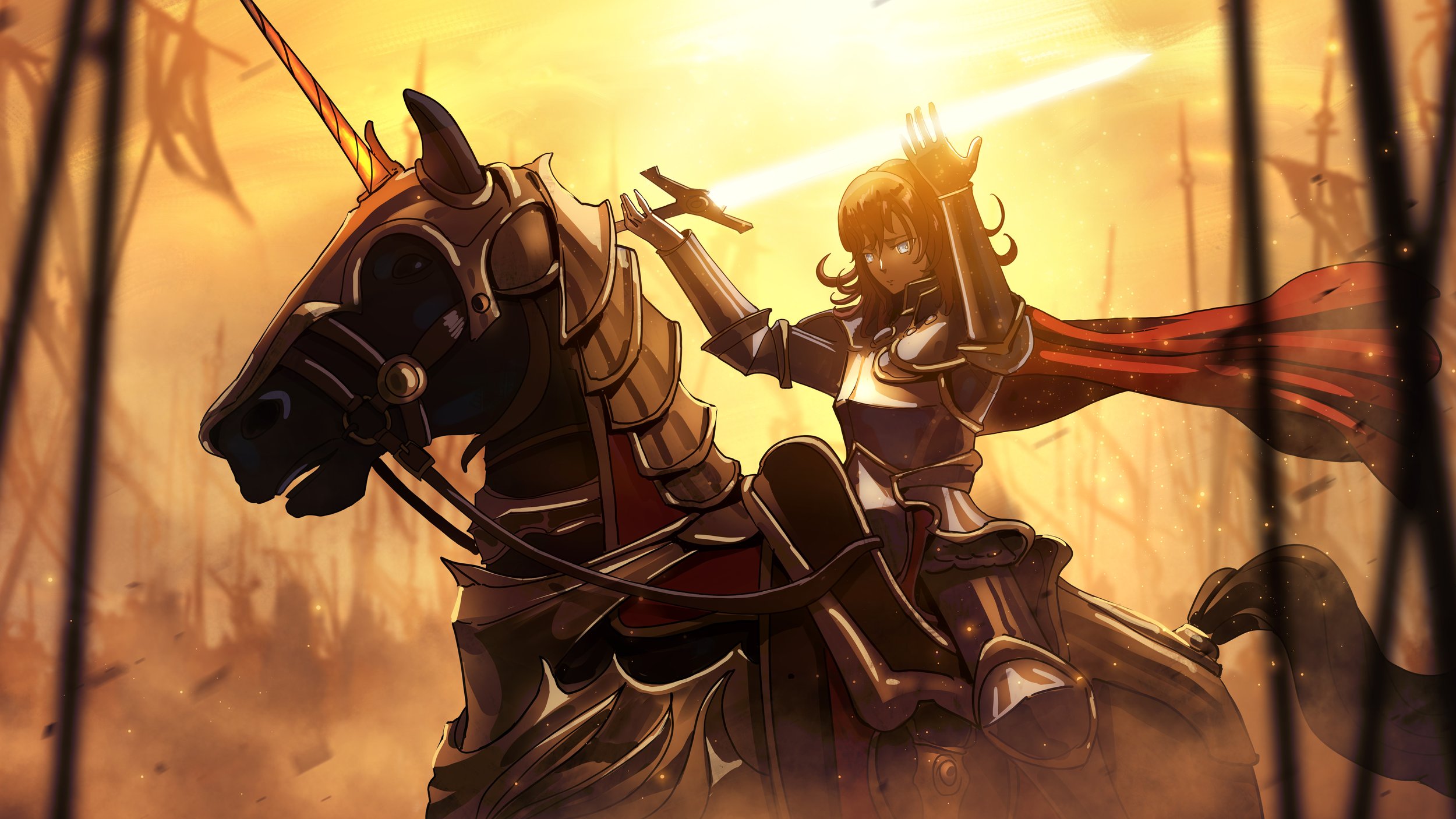The Science Behind Gamification and Why It’s a Powerful Tool for Mental Health
What are the science, benefits, and restrictions of gamification and how can it help improve your mental health
“This article includes affiliate links. As an Amazon Associate, I earn a very small amount from qualifying purchases.”
What do Nintendo’s Mario, the actor Bill Murray, and the saintly Mother Theresa all have in common? They are completely different in attitudes, personalities, and viewpoints as figures. And while all of them have a unique viewpoint on the meaning of life and why it’s important. Each of them has been quoted as saying that “life is a game.”
History of Gamification
Gamification is a modern-day phenomenon of using gaming elements in traditionally non-gaming areas to encourage engagement and completion of activities. Though the concept of treating life as a game goes much deeper and has significant benefits for mental health.
The concept of using a reward system to encourage behavior is nothing new. It’s the basis of being paid to complete an activity and going to work. But gamification adds another layer by making those rewards feel more like a game to drive behavior. Whether it’s daily rewards in video games, badge collecting, or loyalty programs, these rewards are about encouraging participants’ engagement.
Most scholars consider the earliest example of gamification was the S&H stamp loyalty program by Sperry and Hunchinson Co. The program started in 1896 and ran into the 1970s. Customers earned stamps based on the transaction total by purchasing from select retailers. These could then be exchanged for prizes such as clock radios and even a pair of gorillas for local zoos.
The Boy Scouts of America created their badge system in 1908. As the scouts completed activities, they received their badges which were proudly displayed on their uniforms. They served as proof of advancement and success, motivating others to earn their own badges to be seen as equally accomplished.
The next major development was the publication of The Game of Work in 1973. The author, Charles Coonradt, saw that productivity in the workplace was diminishing and that teams were struggling to work together. He suggested finding ways to apply the scoring system and feedback loop found in team sports to the working environment.
Two years later, a memorable gamification program was introduced to the American public school system. OREGON was first released in Minnesota by the Minnesota Educational Computing Consortium (MECC). The game, later called “The Oregon Trail,” taught students about history while playing a video game. It quickly spread to schools across the country and eventually sold more than 65 million copies.
In 2002, game designer Nick Pelling coined the term “gamification.” He was tasked with creating a more game-like interface for commercial electronic devices such as vending machines and ATMs. However, it would take several years before the term caught on in the public’s mind.
“Life is a game, kid! It all depends on how you play!”
- Mario
2011 saw the first Gamification Summit and release of Jane McGonigal’s book Reality is Broken: Why Games Make Us Better and How They Can Change the World. This work helped to spread the ideas of gamification throughout the business world. Shortly after, corporations were looking at how to gamify everything from how to market products to consumers to human resource training programs.
And in 2016, there was the largest success of a gamification application yet with the boom of Pokemon Go! Due to the game’s encouragement to walk outside and discover creatures and hatch new eggs, millions of players increased their physical activity and daily steps. However, since its primary focus is to be a game, there is some debate on whether Pokemon Go! is just a game that encourages physical activity or a gamification app.
What Are the Scientific Benefits of Gamification?
Gamification has been widely studied across multiple genres. A 2022 search of Google scholar on “gamification” returned over 181K results. There is 50 times more research currently available than only eight years ago.
One of the most studied regarding the benefits of gamification is in the field of education. There, research has found increases in student performance and rates of engagement. Study groups saw improvements in the ability of students’ problem-solving skills. And other research showed that gamification programs produce a higher knowledge retention rate.
There has also been a great deal of research on gamification in the business world. Gamified training program showed an increase in knowledge retention rates. Employees were more engaged and had higher productivity levels. And overall employee retention was higher when gamification was used in the workplace. In 2021, Forbes even suggested that adding more elements of gamification into the workplace could be a way to help stem the high turnover rates during the “Great Resignation.”
Businesses have also been studied gamification in marketing to consumers. Gaming elements help to drive brand awareness and customer engagement. A report by Reflect Digital for the Digital Marketing World Forum showed that more than half of consumers said they were more likely to buy from a brand with gamification elements.
“A game is an opportunity to focus our energy, with relentless optimism, at something we’re good at (or getting better at) and enjoy. In other words, game play is the direct emotional opposite of depression.”
-Jane McGonigal
Why Does Gamification Work?
At the basic level, gamification works due to its connection to our brain’s built-in reward system. When we have a pleasurable or rewarding experience, our brain releases dopamine, the “happy hormone,” which leads to a feeling of well-being. We want to continue to have this pleasurable feeling, so situations that trigger dopamine release are motivating. The chemical dopamine is such a powerful motivator that it has been linked to addiction behaviors.
Overly simplified, games are fun, and when we’re having fun, we are motivated to continue to have fun. Gamification seeks to make a desired activity “fun” like a game, so we complete it. But why do we enjoy games in the first place?
Gaming provides a variety of experiences that take us out of our default viewpoint. Here are some of the reasons that we are attracted to gaming:
The novelty of something new
Tracking our progress and leveling up makes us feel accomplished
Completing levels gives us a sense of mastery
Collecting items and badges gives a sense of success
Competing against other players makes us feel superior
Personalization of our characters gives a sense of autonomy
Story and maps can keep us intrigued by the desire to see what’s next
Other players can provide a sense of community and acceptance
Gaming and immersion give a sense of escapism from our day-to-day
A successful gamification system integrates one or many of these elements to trigger the same enjoyment that we find when gaming directly.
“In every job that must be done, there is an element of fun.”
- Mary Poppins
Restrictions to Gamification
While there are many benefits, gamification is not a magic bullet. While many scientific studies have been positive, there are still many questions regarding the best applications. A literature review completed in 2019 noted that while results indicate significant positive effects on cognitive, motivational, and behavioral outcomes, there are also major limitations on the previous studies done. There is a lack of uniformity in measurements and the experimental design. Many studies have also lacked the high-quality elaborated controls needed. The review concluded that while the research shows that gamification is effective, it has not yet been proven which factors led to its success.
Similarly, a 2020 review found that while there are many theories and scientific approaches to gamification, no single theory can explain how gamification works. They suggested that further study is needed to find the exact how and why of gamification. That currently, while it does work, why gamification works has not been explained concretely or precisely yet.
The most major limitation to gamification is the design within a system. There must be a clear goal and process towards completion. The rewards must be of a high enough level to be motivating but still be sustainable. And it must feel fun and continue to feel enjoyable. For example, if collecting badges or completing daily quests starts to feel like a chore, the process will backfire and may drive people away from completing the task instead of motivating them to do so.
Gamification apps that do not target multiple gaming motivators often fall flat. An idea that gives the same rewards each time and same levels repeatedly can become boring. And while it may be successful at first, as it becomes less fun, we won’t have the same enjoyment and won’t have the same motivation to continue doing it.
Another restriction of gamification is the motivation that it can create. If the hurdle of completing or performing an activity is too great, gamification can only go so far. It can work well on small tasks or repetitive activities, but significant or longer-running projects may be more difficult to sustain on gamification alone. (Check out more on the process of motivation in How To Stay Motivated When It Feels Like You’re Not Making Any Progress.)
“Life is a game, and it’s much more fun if you play it as your own game, so stay light and loose and relaxed.”
- Bill Murray
Gamification in Mental Health
Compared to other fields, gamification has been somewhat slow to come to the area of mental health. However, the idea of play therapy has been a widely used therapeutic tool for almost 50 years. The concept of recreational gaming being used in group counseling sessions was first introduced in 1975. More recently, there have been discussions to review gaming and virtual reality systems to help engage patients and improve therapeutic effects.
Another way that gamification has come to the field of mental health is in mobile applications. Research has seen that mental health apps can effectively deliver health interventions to large populations at a low cost. Adding a gamification element shows high participants engagement, thereby helping to prevent the development of depression and anxiety disorders. Additionally, mobile apps can encourage patients to keep appointments, take medication, practice healthy self-care and build healthy habits. There are many such habit trackers and productivity apps that use gamification for motivation. (Check out 10 Roleplaying Gamification Apps to Add Some Adventure to Your Day-to-Day.)
In mental health, it is not always gamification itself that is the benefit. Much like Pokemon Go was successful as a game and an exercise motivator, video games and other forms of gaming also benefit mental health. Gaming has been seen as helping keep people socialized and positive during the pandemic and improve their mental health. (Read more on the benefits of gaming, Can Gaming Help with Anxiety).
“Life is a game, play it…. Life is an adventure, dare it.”
- Mother Theresa
Gamify Your Life
There are many ways to add gamification to your life. Mobile apps and trackers or creating your own process chart can help make basic chores more game-like with rewards or point systems. Goals and tasks can become quests to fulfill. Working through a project can become gaining experience points needed to level up. And seeing yourself as a game character advancing through a storyline can help you find the motivation to complete difficult tasks.
Many of our posts and articles are about the idea of seeing life as a role-playing game and using gamification as a motivator for personal development. Hero Coaching also works by helping people see themselves as heroes and characters in the game of life.
Check out Is Life an RPG? Why We Should Treat Life Like a Roleplaying Game and Real-Life Questing for more on seeing life as a game.
How will you use gamification to make everyday fun and make life a game?
Author:
Laurie Trueblood is a writer and life coach that enjoys fantasy, science, psychology, and everything nerdy. As the founder of Adventures to Authenticity, her mission is to help others level up and become the best versions of themselves.
Interested in finding more about how real life can be seen through the lens of an RPG? Check out our journey page or read Why Real Life is the Hardest RPG and Is Life an RPG? Why We Should Treat Life as a Roleplaying Game













